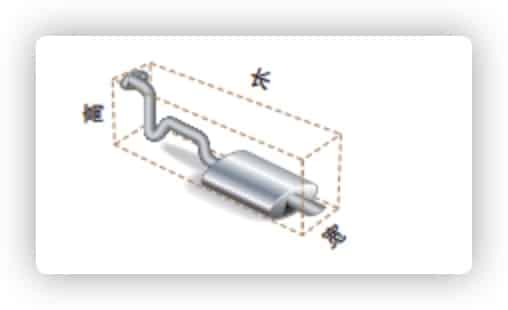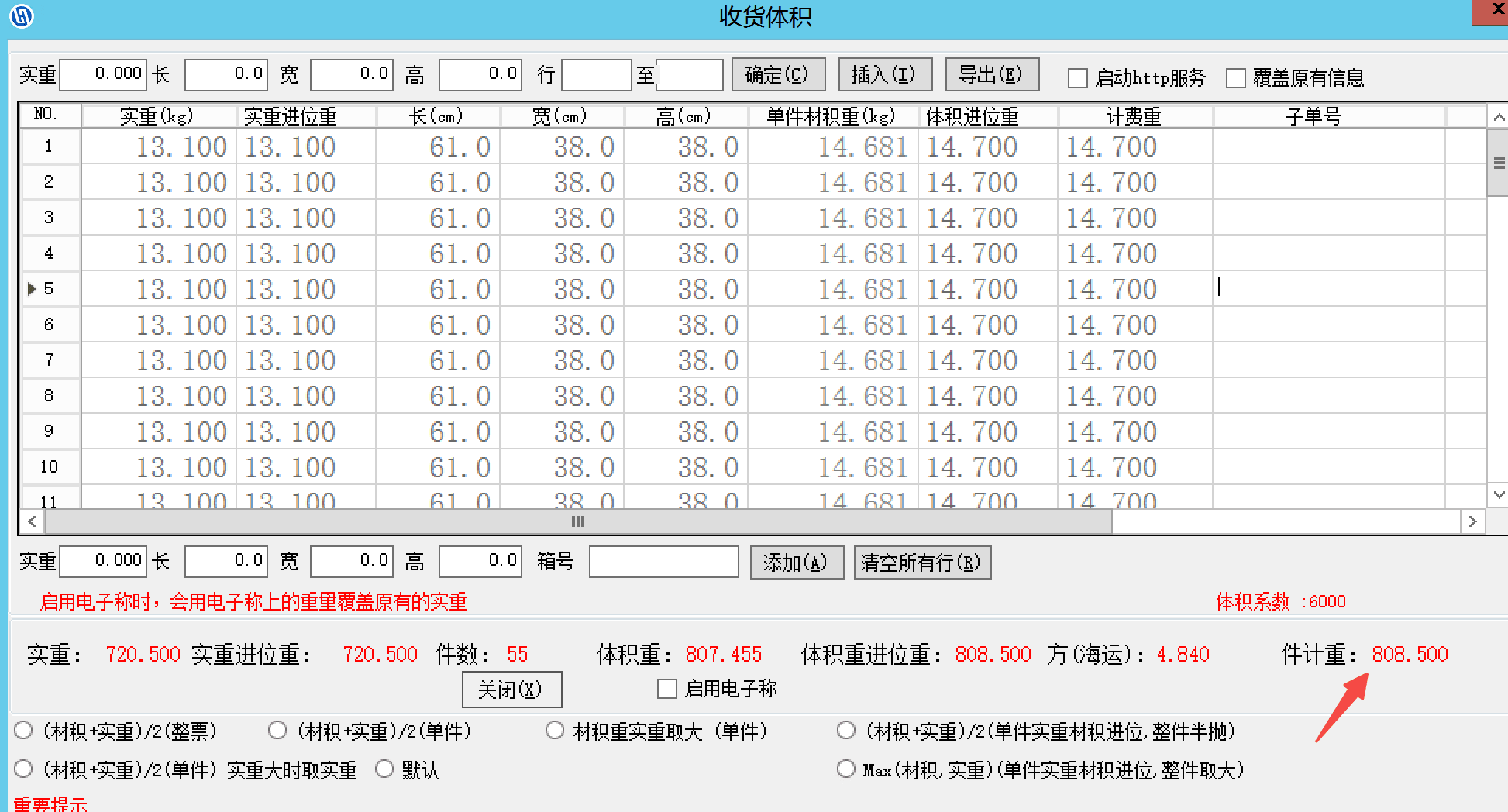Here we take most of them as examples. Some of them are billed by the meter (the last leg is delivered by truck) and are not included in this article.
The billing weight will be based on the actual weight or volumetric weight, whichever is greater.
Reason: The last leg is delivered by local express delivery. Local express delivery is based on volume. The first leg cost is calculated by the freight company itself. It is more convenient to uniformly follow this "actual weight and volumetric weight" method.
- Actual weight: refers to the actual weight of the package. When calculating, take off the decimal part of the weight and take half the kilogram.
- Volumetric weight: The weight determined based on the density of the shipment (that is, the actual weight of the shipment per unit volume).
- Billable Weight: The weight used to calculate rates. The billable weight may be greater than the actual or dimensional weight of the package.
Volume weight algorithm
Generally: length x width x height/6000
For example, the volumetric weight of \(30*30*40\) goods is
30*30*40/6000 = 6
(The size is in cm, round up 1cm if it is less than 1cm, for example, if it is 16.4cm, it will be calculated as 17cm);
Measurement methods
It should be noted that the international logistics size measurement method is different from that in China. Irregular packages will be treated as regular rectangular boxes. Measure the length, width, and height of the package from its furthest point from the center. (Some measurements are looser, but the standard is the same)

